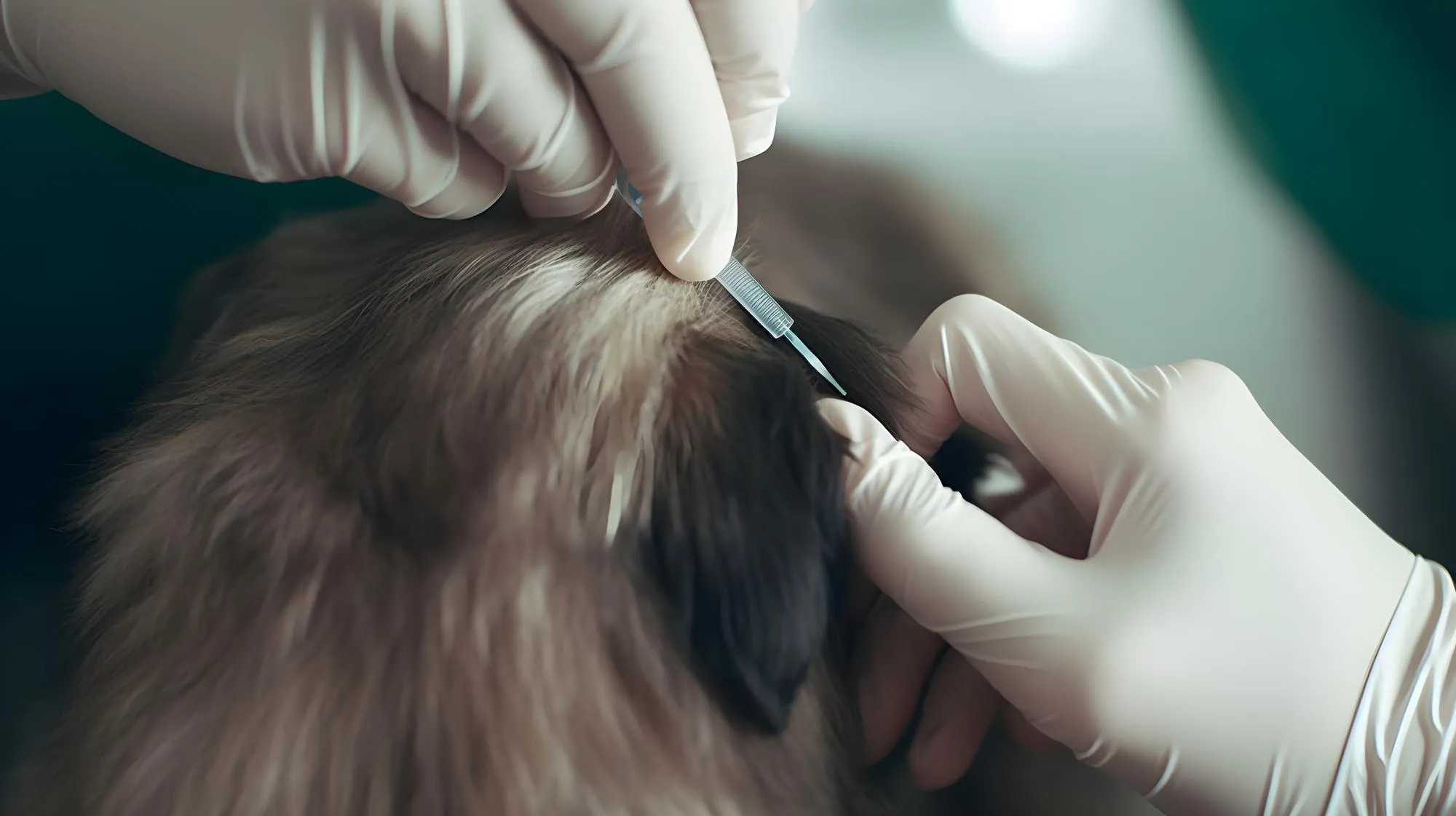In recent years, hair testing for drugs has become an important tool in the field of forensics, with the practice receiving widespread use since the 1990s. A novel study, spearheaded by researchers at the Forensic Science Laboratory of the Osaka Prefectural Police H.Q., has afforded the forensic community deeper insights into the incorporation pathways of drugs within hair follicles. This progress stands to enhance the robustness of evidence in judicial proceedings and ultimately improve the administration of justice.
Unraveling the Mechanisms of Drug Incorporation into Hair
The conventional goals of hair testing in forensics are to provide concrete evidence of drug ingestion and to deliver a chronological timeline of individual drug use. The substances typically scrutinized in these cases span across illicit drugs to hypnotics, largely in connection with crimes that require a demonstration of addictive behavior or to affirm exposure to drugs in cases such as drug-facilitated crimes.
The journey of a drug from consumption to residing in a strand of hair has been a subject of comprehensive study. Despite the frequent application of such tests, researchers, including Shima Noriaki, Sasaki Keiko, Kamata Tohru, Miki Akihiro, and Katagi Munehiro, note that discussions on the exact mechanisms remain contentious, indicating an area ripe for scientific exploration.
Innovations in Hair Analysis Techniques
A seminal approach to elucidating the mechanisms at play involves advanced techniques such as matrix-assisted laser desorption/ionization-mass spectrometry (MALDI-MS) imaging and segmented hair analysis. This latter process involves the meticulous examination of 1-mm segments of single-strand hair via liquid chromatography-tandem mass spectrometry (LC-MS/MS). Such granular investigation is key to understanding the drug incorporation timeline and pathways with greater precision.
Through the application of these innovative methodologies, the team has made significant inferences. Time-course changes in drug distribution along the hair shaft suggest dual zones of drug incorporation within the hair root—the hair bulb and the upper part of the hair root. The research implies that incorporation from the hair bulb could endure for approximately two weeks.
The intricacies revealed by different drug distribution profiles within hair are eye-opening. It turns out that the principal path of incorporation can diverge—some through the hair bulb, others through the upper part of the hair root—depending on the chemical properties of the drug or its metabolites.
Implications for Forensic Applications
The revelations borne from this research hold profound implications for the field of forensics. When presenting evidence in court, the nuance captured through these advanced analytical techniques can inform more accurate discussions around individual drug-use histories. The distribution profiles and incorporation mechanisms can confirm periods of drug use or abstinence, potentially affecting the outcomes of legal cases.
DOI Reference and Publication Details
The comprehensive findings of this research were made available in the `Yakugaku Zasshi: Journal of the Pharmaceutical Society of Japan` under the DOI: 10.1248/yakushi.18-00166-4, with the article being published between June 10, 2019, and December 10, 2019. It appeared in volume 139, issue 5, spanning pages 705-713.
References:
Noriaki, S., Keiko, S., Tohru, K., Akihiro, M., & Munehiro, K. (2019). Hair Testing for Drugs in the Field of Forensics. Yakugaku Zasshi: Journal of the Pharmaceutical Society of Japan, 139(5), 705-713. doi: 10.1248/yakushi.18-00166-4
Keywords
1. Hair Drug Testing Forensic
2. Drug Incorporation Hair Analysis
3. LC-MS/MS Hair Segmentation
4. MALDI-MS Drug Imaging
5. Forensic Drug Detection Methods
Through these SEO keywords, the article can obtain better visibility on search engine results pages, reaching professionals and interested parties seeking the latest advancements in forensic science and hair drug testing methodologies.
The study in question, though profound in its implications for drug incorporation debate and practice, is but a step toward a more refined forensic understanding. Continuous research and refinement of existing methods will undoubtedly follow, serving to further solidify the place of hair testing as an indispensable tool in the realm of forensic analysis.
